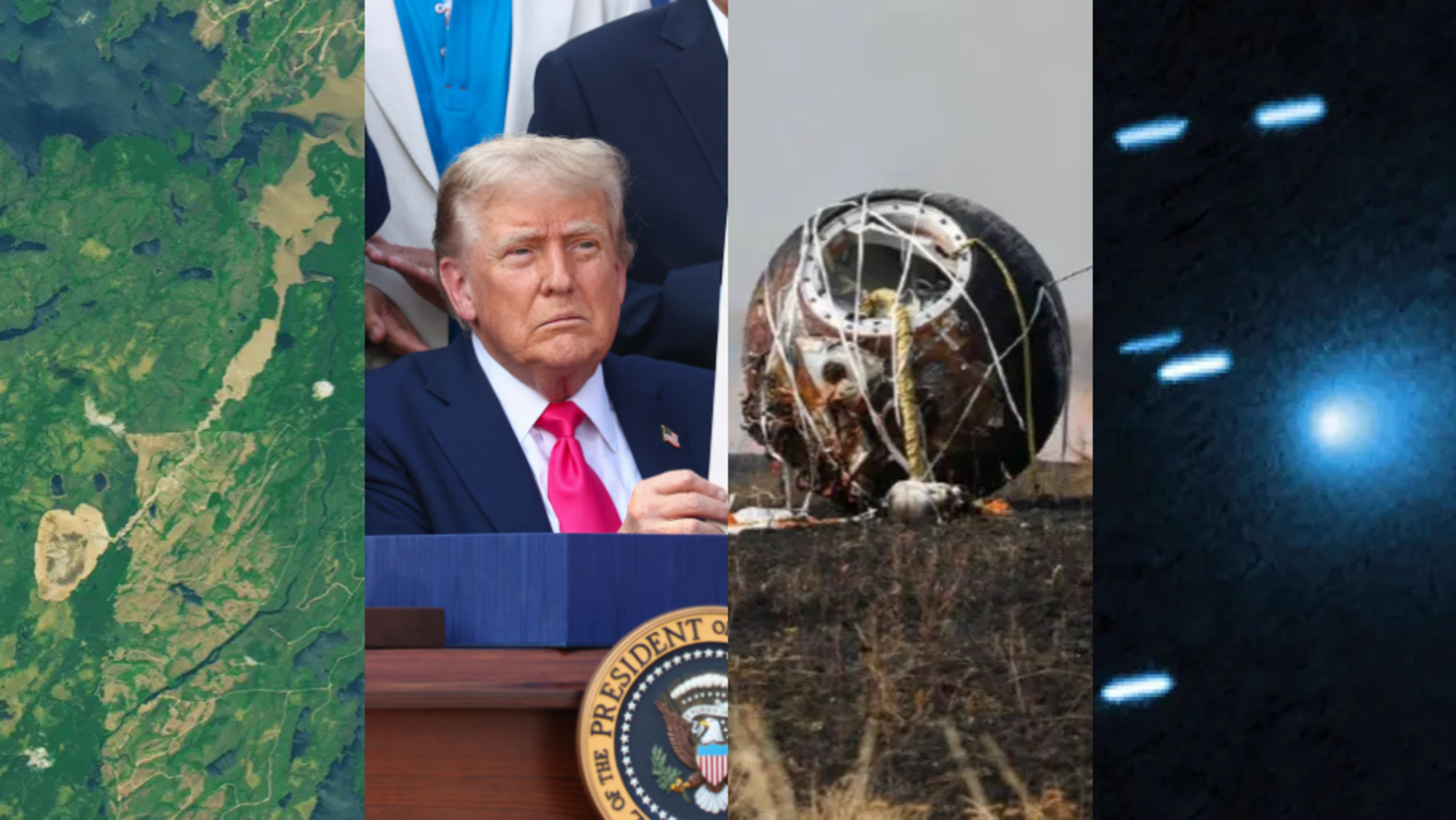Russian Angara rocket launches mysterious military satellite

Russia launched a small military satellite on Saturday (Oct. 15), pulling off its third orbital mission in less than a week.
An Angara rocket lifted off from Plesetsk Cosmodrome in northwestern Russia Saturday at 3:55 p.m. EDT (1955 GMT;10:55 p.m. Moscow time), carrying a small satellite called EMKA-3 skyward, according to an update on Telegram by Russia's space agency Roscosmos, which referred to the satellite as Kosmos 2560.
"At the estimated time, the spacecraft was launched into the target orbit and accepted for control of ground facilities of the Russian Ministry of Defense. The spacecraft was assigned the serial number Kosmos-2560," Roscosmos wrote in the telegram update, accordng to a Google translation. "A stable telemetry connection has been established and maintained with the spacecraft, its onboard systems are operating in the normal mode."
The roughly 330-pound (150 kilograms) EMKA-3 is headed for a sun-synchronous orbit about 190 miles (300 kilometers) above Earth, according to EverydayAstronaut.com. It's unclear what the spacecraft will be doing up there.
"Not much is known about this payload, due to its military and secret purpose," EverydayAstronaut.com wrote in a mission description. "The EMKA series of satellites are thought to be optical reconnaissance spacecraft."
Related: 14 things every cosmonaut does for launch
Three EMKA satellites had reached orbit before Saturday's liftoff, the first of them in April 2018. That one received the designation Kosmos 2525 and spent about three years in orbit, apparently falling back to Earth in spring 2021.
Breaking space news, the latest updates on rocket launches, skywatching events and more!
The next two launched in September 2021 and April 2022. But those two — named Kosmos 2551 and Kosmos 2555, respectively — didn't stay up long. Each one is thought to have fallen back to Earth after just a month or so, according to EverydayAstronaut.com.
"It is unclear whether this satellite, EMKA-3, is a replacement for the failed Kosmos 2555 satellite, or whether Kosmos 2555 was merely a dummy mass payload," the outlet wrote.
Saturday's launch was just the second for Russia's lightweight Angara 1.2, which debuted this past April on another military mission. The EMKA-3 liftoff was the sixth overall for the Angara rocket family, which Russia developed to replace its old but still-active Proton launcher.
The EMKA-3 mission was the third for Russia in less than a week. On Sunday (Oct. 9), a Soyuz rocket launched a GLONASS navigation satellite from Plesetsk, and a Proton lofted a communications satellite for the Angolan government on Wednesday (Oct. 12) from the Russia-run Baikonur Cosmodrome in Kazakhstan.
EMKA-3 was originally supposed to launch on Friday (Oct. 14), which was a busy day for space fans. Friday featured the launch of three Chinese Yaogan reconnaissance satellites and the return to Earth of SpaceX's Crew-4 astronaut mission.
Crew-4 undocked from the International Space Station at 12:05 p.m. EDT (1605 GMT) on Friday and splashed down in the Atlantic Ocean off the coast of Florida around 4:55 p.m. EDT (2055 GMT).
Mike Wall is the author of "Out There" (Grand Central Publishing, 2018; illustrated by Karl Tate), a book about the search for alien life. Follow him on Twitter @michaeldwall. Follow us on Twitter @Spacedotcom or on Facebook.

Michael Wall is a Senior Space Writer with Space.com and joined the team in 2010. He primarily covers exoplanets, spaceflight and military space, but has been known to dabble in the space art beat. His book about the search for alien life, "Out There," was published on Nov. 13, 2018. Before becoming a science writer, Michael worked as a herpetologist and wildlife biologist. He has a Ph.D. in evolutionary biology from the University of Sydney, Australia, a bachelor's degree from the University of Arizona, and a graduate certificate in science writing from the University of California, Santa Cruz. To find out what his latest project is, you can follow Michael on Twitter.
